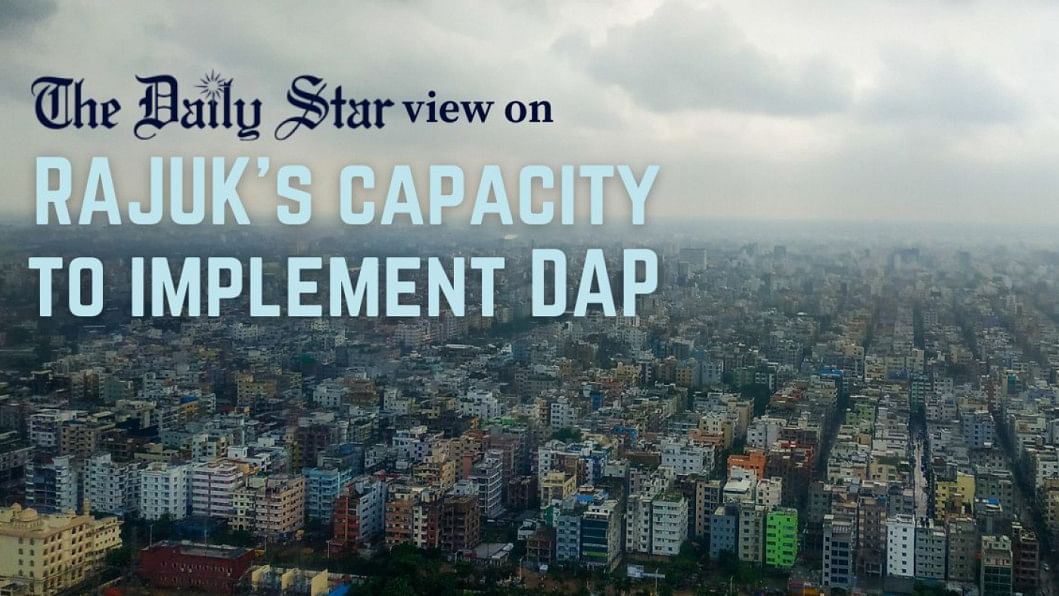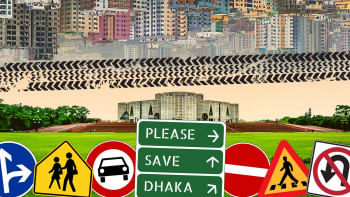Can the new Detailed Area Plan cure Dhaka of its ills?

That Dhaka has become an unliveable city is a reality for most of its 22,478,116 residents. The gruelling traffic jams, broken roads, pedestrian-unfriendly footpaths, overflowing garbage, paralysing waterlogging and the overwhelming number of people in each square foot of the city have severely hampered our quality of life.
The new Detailed Area Plan (DAP) gives a vision of a better Dhaka city, one that this city's dwellers have been dreaming of for many years. It promises to solve all the problems plaguing the capital – revive all rivers and water bodies, reclaim the canals and make them navigable for water transport. It will apparently address the population density problem, build housing projects for the poor and lower-middle-income groups, make the city pedestrian-friendly and build big parks for each area. On paper, the new DAP will make Dhaka the functional city of our dreams.
Reality, however, foretells something different. DAP's implementing agency is Rajuk, an agency that does not have the organisational capacity to carry out the work that this ambitious DAP entails. Urban planners, at a recent discussion organised by the Bangladesh Institute of Planners (BIP), pointed out that the government formulated many plans to address the city's myriad problems in the past, including DAP 2010, but none of them was implemented.
So why wasn't DAP 2010 implemented? Various ministries have carried out development work without any regard for the plan, while unauthorised construction and encroachment of public spaces and water bodies went on unabated with no effective measures taken by Rajuk to prevent them. Lack of initiative of the authorities concerned, lack of coordination among stakeholders, and inconsistencies in policies have also been cited as reasons for this failure.
This begs the question: If DAP 2010 could not be implemented, how will the new and improved, highly ambitious DAP be executed? Rajuk has thus far not expressed how it will address all the bottlenecks that prevented the previous plan's implementation.
The urban planners insist that all government agencies must refer to the DAP when making their plans and obtain a "No Objection Certificate" (NOC) from Rajuk before carrying them out. There also must be regular coordination and cooperation between Rajuk and the local administrative institutions.
We would also like to add that ensuring transparency and accountability of Rajuk is crucial for any plan to work. The government must step in and make sure that all the previous bottlenecks that led to the DAP's failure are addressed on an urgent basis, and Rajuk is capacitated to make the new DAP a reality.

 For all latest news, follow The Daily Star's Google News channel.
For all latest news, follow The Daily Star's Google News channel. 









Comments